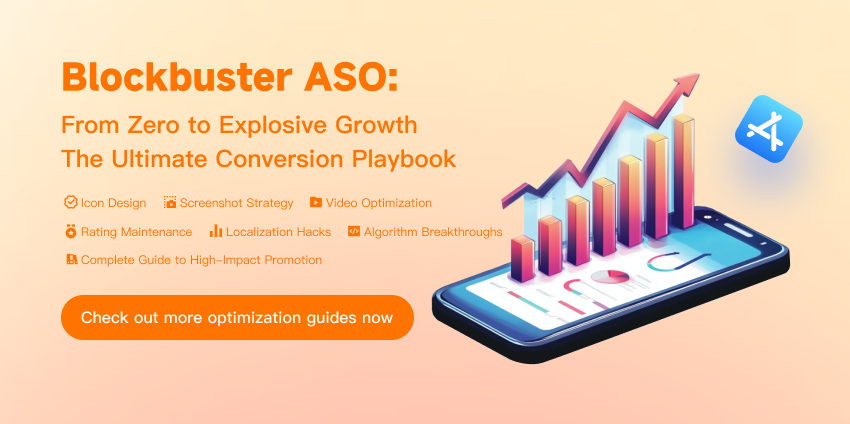
Loading...
Free consultation with ASO specialists
Doing ASO for the first time or have no idea how to carry out targeted optimization of your app?
We offer one-on-one customized services provided by app marketing specialists
Mobile Audience Segmentation
What is mobile audience segmentation
Mobile audience segmentation refers to the process of dividing mobile users into different groups based on various factors such as characteristics, behaviors, interests, and needs. These factors can include user age, gender, geographical location, consumption habits, types of mobile devices used, frequency of application usage, and preferences for specific content. Through this segmentation, companies can gain a deeper understanding of the features of each group, thereby customizing more targeted advertising and marketing strategies for them.
Advantages of Mobile Audience Segmentation
-
Improve advertising effectiveness
Precise audience segmentation can make advertising more targeted, improve the click-through rate and conversion rate of advertisements, and reduce advertising costs.
-
Improve user experience
Provide personalized content and services to users, meet their needs and preferences, and thus improve user satisfaction and loyalty.
-
Optimize marketing strategy
By analyzing different segmented groups, companies can better understand market demand, adjust marketing strategies and improve market competitiveness.
Possible challenges
-
Data Accuracy
The quality and accuracy of the data directly affect the results of audience segmentation. If there are errors or incompleteness in the data, it may lead to inaccurate segmentation results.
-
Privacy Issues
When collecting and using user data, relevant privacy regulations must be followed to protect the privacy of users. Otherwise, it may cause users' disgust and trust crisis.
-
Dynamic changes
User behavior and interests are constantly changing, so it is necessary to update and adjust the segmentation in a timely manner to ensure the effectiveness of marketing.
Implementation steps
-
Data collection
First, companies need to collect relevant user data, including basic information, behavioral data, interests and preferences. This data can be obtained through channels such as user registration information in mobile applications, behavioral analysis tools, social media data, etc.
-
Data Analysis
After collecting data, companies need to analyze the data and find out the common characteristics and differences of users. Data analysis tools and algorithms can be used to perform cluster analysis, correlation analysis, etc., so as to divide users into different groups.
-
Strategy Development
Based on the segmentation results, companies can develop targeted advertising and marketing strategies. For example, they can design different advertising materials for different user groups, develop different promotion channels and times, etc.
-
Effect Evaluation
Finally, companies need to evaluate the effectiveness of their marketing strategies and adjust and optimize them based on the evaluation results. The effectiveness of marketing strategies can be evaluated by analyzing indicators such as click-through rates, conversion rates, app downloads, and user retention rates.
Mobile audience segmentation plays an important role in the field of mobile marketing. Through reasonable segmentation and targeted marketing strategies, enterprises can better meet the needs of users, improve marketing effectiveness and application ratings.
Related terms
